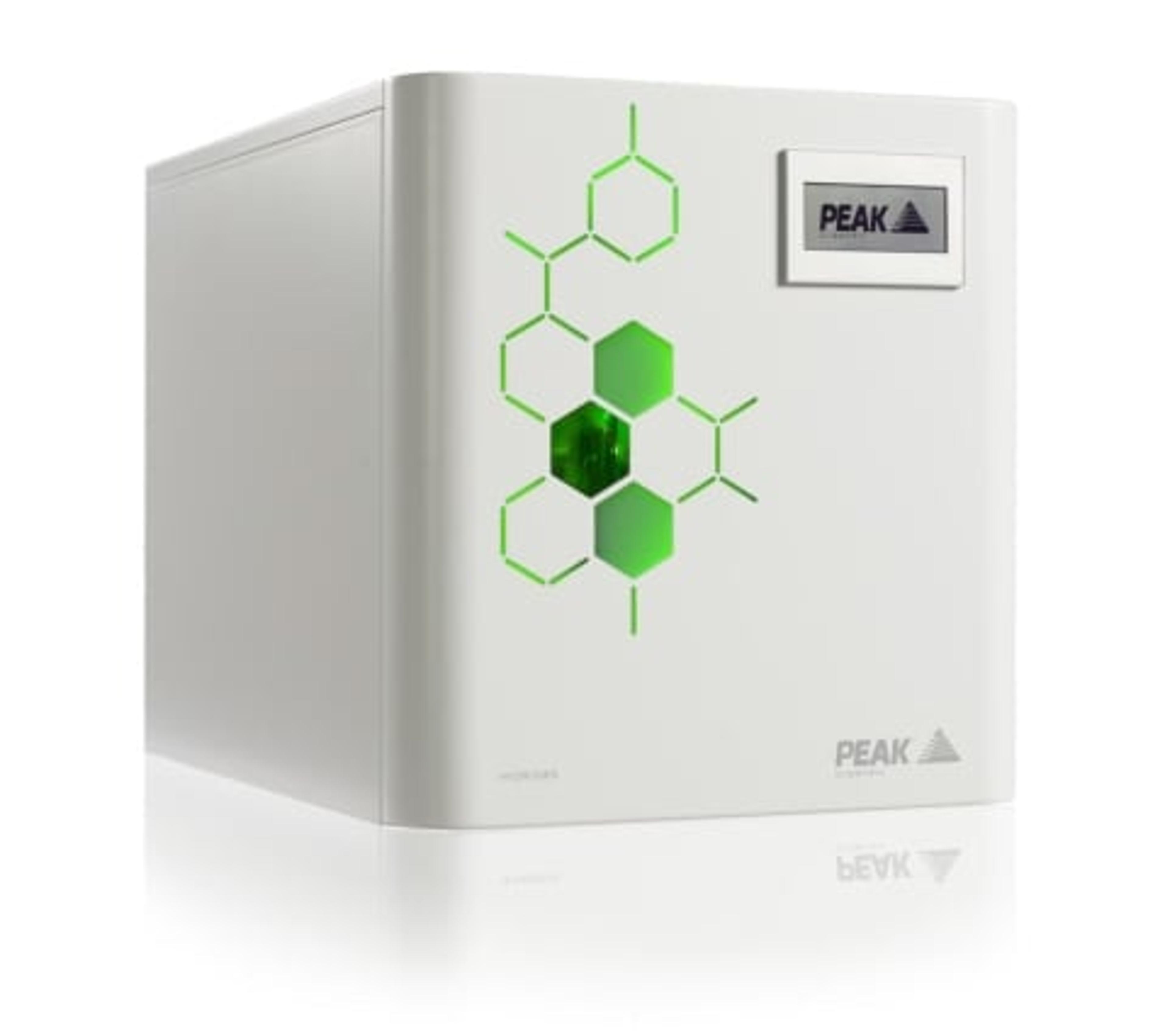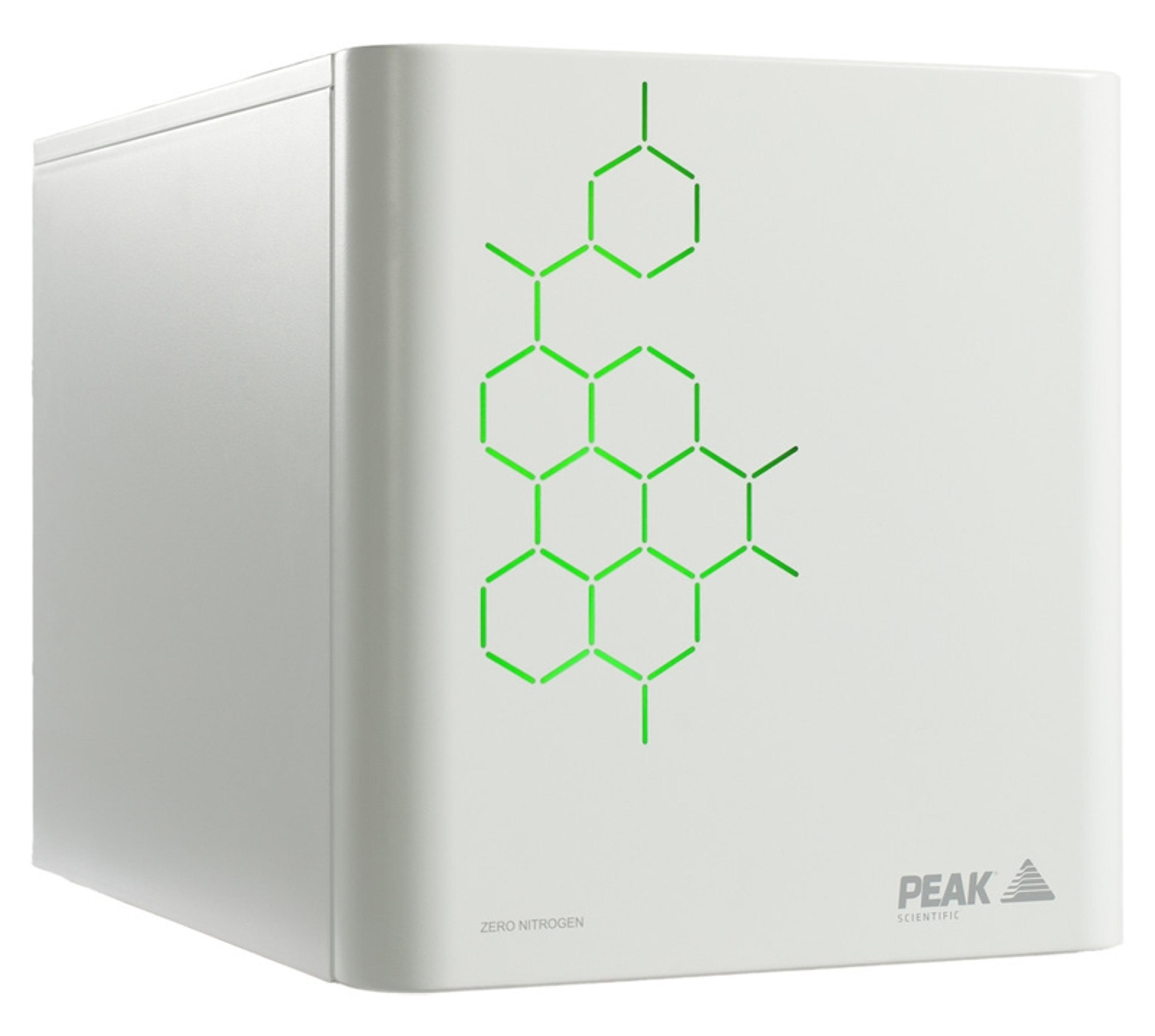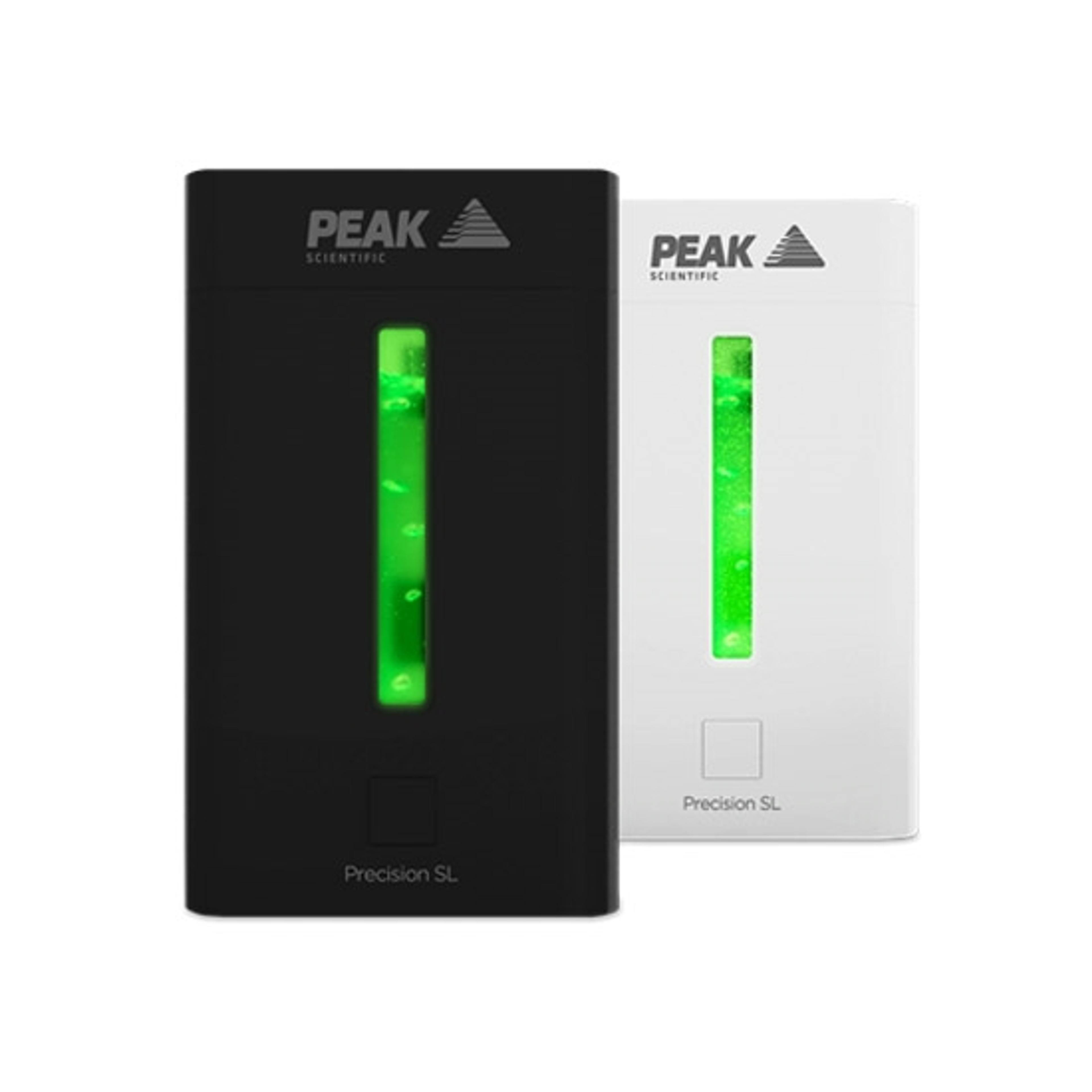Helium shortage 2.0 and the alternatives for gas chromatography
In this guest editorial, Dr. Ed Connor discusses the options available to GC labs looking to end or reduce helium consumption
5 Aug 2021

For almost a decade, helium availability and price have been a key area of concern for analytical laboratories worldwide. As the US Bureau of Land Management, which manages the Federal Helium Reserve in Texas, prepares to dispose of all assets by the end of 2021, this guest editorial by Dr. Ed Connor, GC Product Specialist at PEAK Scientific, explores the current status of global helium supply and looks at how GC labs can adapt to reduce reliance on helium.
A brief history of the helium shortage
In 1921, the US established the National Helium Reserve (NHR), and from 1929 the US was the world’s largest producer of helium, with the Bureau of Mines coordinating extraction and refining programs1. Helium was primarily produced for military use and until 1960 the federal government was the sole producer of helium in the US. In 1960, Congress amended the Helium Act to provide natural gas producers with incentives to extract crude helium and sell it to the government. Much of this helium was stored at the NHR and prices were fixed with a view to cover the costs of the program and to pay off debts. However, post-war federal helium demand was lower than predicted and with private demand far exceeding federal demand, in 1996 the US government passed the Helium Privatization Act (HPA). The HPA was an attempt to wipe out the site’s $1.4 billion debt (equivalent of $2.4 billion 2021), through a planned sell-off of the US national reserves by 2015.
Helium shortage 1.0 & 2.0
In 2012, the US produced an estimated 78% of the world’s helium, of which around 30% came from the NHR2. Helium shortage 1.0, in 2013, was caused by a perfect storm of worldwide refinery equipment failures and shutdowns and scheduled maintenance in several of the world’s natural gas refineries disrupting supply. These factors, coupled with an increasing demand for helium from newly industrialized countries such as China, meant that as supply became short, customers faced stark price increases and supply problems as private companies struggled to meet demand.
Following shortage 1.0, the US government rushed through the helium stewardship act in 2013, which prolonged the operation of the NHR through to 2018, by which time all helium stocks were mandated to be auctioned to private gas suppliers. This stabilized global supply and gave other global helium producers time to increase production and improve supply chain efficiency. However, with demand for helium having continued to increase, shortage 2.0 was experienced in many global regions throughout 2019 and into 2020 as gas suppliers restricted supply, causing labs to experience further shortages and price increases.
The COVID-19 pandemic has further exacerbated issues for labs as global supply chains have been further affected and supply of oxygen to the medical sector became paramount for gas suppliers. Uncertainty surrounding supply is likely to remain for some time, with continued lockdowns likely to cause ongoing disruption.
Present perspective
Helium Reserve Timeline1
1921 – NHR Established.
1925 – NHR facility moved to Texas where major stockpiling of helium begins, managed by Bureau of Mines
1960 – Helium act passed. Incentive for private industry to sell helium to US Federal government
1996 – Helium privatization act passed. Planned closure of NHR by 2012 to reduce costs to US government
2012 – Scheduled closure of NHR
2013 – Helium stewardship act passed. Extension of NHR operation through to 2018
2018 – Final auction of NHR stocks to private companies and beginning of winding down of NHR operations
2019 – Estimated 67.4 million cubic meters (2.43 billion cubic feet) of privately owned helium remained in storage at Cliffside Field.
2020 – NHR stocks reach < 83.2 million cubic meters (3 billion cubic feet). Law requires that the BLM begin disposal of all helium assets by end of 2021.
A decade of price increases and disrupted supply has led many labs to seek alternatives to helium for applications for which it is non-essential. Since helium shortage 1.0, there has been increased availability of information regarding the use of alternative carrier gases with a particular focus on hydrogen. The performance of hydrogen at higher linear velocities provides obvious advantages to laboratories that are looking to increase sample throughput without compromising sample quality. One problem facing some labs is that certain regulated methods are not approved for use with hydrogen carrier gas, or that analyses are incompatible with hydrogen. These are obviously situations where it is essential for labs to continue using helium; however, by switching to hydrogen or nitrogen for methods that can use alternatives, labs are able to conserve helium for use in essential applications or methods.
In the face of increased consumer demand for alternatives to helium, the major manufacturers of GC have developed a number of new products that either reduce helium consumption or allow customers to use alternative carrier gases, such as Thermo Fisher Scientific’s split/splitless inlet which can use nitrogen for all purge and split flows, meaning that helium is used only for column flow3. Agilent and Restek have both developed software tools to assist users to switch carrier gas4,5 and Agilent also developed a helium saver for GC-MS users which switches the supply of gas to the GC to nitrogen when the system is idle6. Other major GC manufacturers such as Shimadzu have also assisted customers in switching carrier gas and demonstrated the compatibility of their systems with hydrogen and nitrogen carrier gas through the publication of user guides and application notes7.
As the focus on alternative carrier gases continues, other laboratory applications associated with GC analysis are now exploring the use of H2, such as Markes International’s thermal desorption samplers which have been re-developed to allow use with H2 carrier gas8, further benefiting labs using this technique through reducing helium consumption.
Alternative carrier gases for GC
The low price and availability of helium made it the default carrier gas for the majority of GC users over the past 40 years. Since helium shortage 1.0, a number of GC methods that were previously restricted to helium carrier gas have been revalidated for use with hydrogen and nitrogen, giving labs the option to use cheaper and more readily available alternatives to helium. As disruption to supply has been experienced by labs globally, there is increasing interest in gas generators which offer a technology that eliminates reliance on cylinder supply chain and provides labs with an uninterrupted gas supply. The PEAK Precision generator range produces ultra-high purity Nitrogen and Hydrogen to supply carrier gas and detector gas, which gives labs the possibility to eliminate cylinders entirely. For any GCs requiring air for flame support, there is also a Precision Zero air generator that completes the Precision range.
Helium Usage 20209
- MRI 30%
- Lifting gas, 17%
- Analytical and laboratory applications, 14%
- (GC estimated to be approx.. 1%
- Welding, 9%
- Engineering and scientific applications, 6%
- Leak detection 5%
- Semiconductor manufacturing, 5%
- Other applications, 14%
There are safety concerns from some quarters regarding hydrogen use, although many labs have been using hydrogen as flame gas for GC-FID for years. One of the main concerns is the flammability of hydrogen. Hydrogen has a lower explosive limit of 4.1% in air, however, being less viscous than helium, it is even quicker to escape and unless a large quantity is rapidly released into the environment, the danger of reaching the LEL is relatively low. Hydrogen generators, which produce hydrogen gas on-demand from de-ionized water, are a safer source of high purity hydrogen compared to traditional supplies such as cylinders. A hydrogen generator will typically contain less than a liter of gas at any one time, whilst being capable of supplying the requirements of an entire lab.
Outlook for the decade to come
As we move through the 2020s, a shift to reliance on helium supply from countries outside the US is expected with Qatar and other natural gas-rich regions expected to dominate the market by 20259. Depending on the quantities of helium available and demands from various industrial sectors, it is likely that its availability will be increasingly restricted by suppliers to reduce market fluctuation. In this scenario, it is likely that laboratories will need to continue to reserve helium for applications where no viable alternative is available and to use hydrogen and nitrogen, where possible. The improved support from GC manufacturers and the wealth of information available to laboratories regarding alternative carrier gas use along with gas generator technology provide a potential advantage to labs that can increase the speed of analysis by switching to hydrogen whilst potentially reducing helium consumption and costs in the process.
References
The Impact of Selling the Federal Helium Reserve National Academies Press. Sciences Engineering Medicine, 2000.
Helium Statistics and Information. USGS, 2021.
Instant Connect Helium Saver Module. Eastern Analytical Symposium 2014. Thermo Fisher Scientific, 2014.
GC Method Translation Software. Agilent Technologies, 2013.
EZGC Method Translator. Restek 2021.
Addressing the World Shortage of Helium, Introducing the Programmable Helium Conservation Module. Agilent Technologies, June 2013.
Measures and Proposals to Reduce Helium Gas Consumption. Shimadzu, 2021.
Markes International launches world’s first range of hydrogen-certified, Multi-Gas enabled thermal desorption instruments. Markes International, July 2021.
Mineral Commodity Summaries 2020. USGS, 2020.



